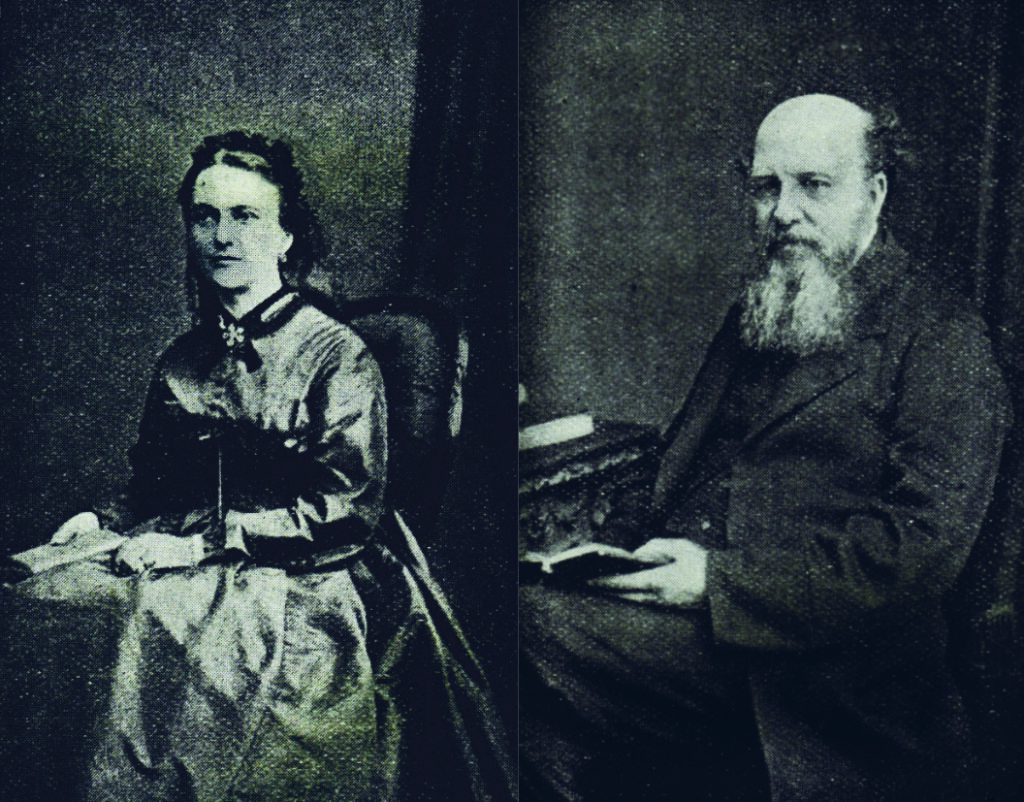On one night of their stay, in the early hours of the morning, Jane looked down from the balcony of the guesthouse to see what she initially thought were a bundle of rags in the street. Looking closer, she realised that the bundle was a man and another lay nearby, his face turned up in pain towards the moon. She could not go out to help them as the guesthouse was locked up for the night. But, early in the morning, when the Arab water carrier came, and the house unlocked, she asked what had happened to the men. They had starved to death in the night. Seeing her horrified expression, the man told her “Their fate affects me about as much as a dead dog would; I am used to it; hundreds have gone in a short time” (Algeria was in the midst of famine). The sight and this reaction rested heavy on Jane’s mind and she and George began praying that something could be done to bring the gospel to these forgotten people.
In 1880, the Pearses returned to Algeria to survey the country. George was 65 by this time. After briefly returning to England to recruit new workers and begin language study, in 1881, they came back with a small team: with Edward Glenny (who would go on to lead the mission for over 40 years), Henri Mayor (a Swiss teacher), and Selim Zeitoun (a Syrian convert who had translated literature). At the time there were no other Protestant missionaries working with local Muslims across North Africa, although that would quickly change as other organisations and missionaries saw the need. The North Africa Mission would grow from this mission station at Djemma Sahridj to number 115 workers by 1900.





